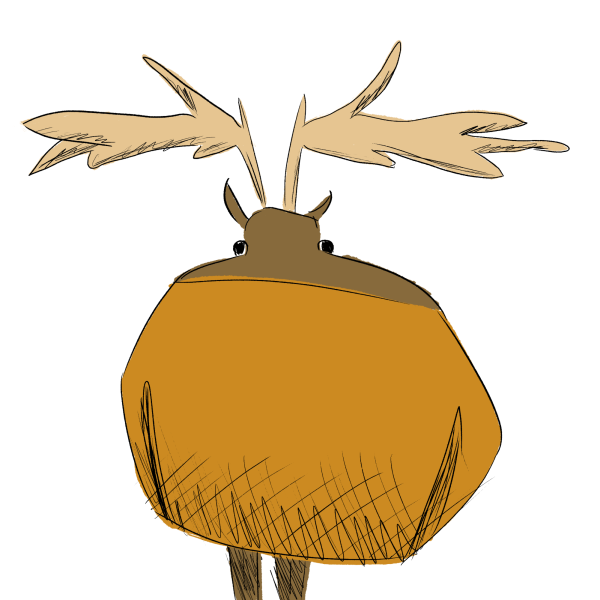Many would consider me an experienced hiker. I have conquered parts of the Appalachian Trail, the entirety of Isle Royale National Park, and many more trails across the United States. One of the scariest things everyone has to deal with on trail is the likes of Mother Nature’s creatures, whose home you are stepping in.
This list I have compiled is not a proper best and worst with tips on how to avoid it, but much more general animals that if you should see, it would be best to avoid. Sometimes for sparing your time and annoyance, but other times to spare your life.
#10: Hornets.

Hornets are an extremely frustrating thing to run into, mainly because you rarely see their nest before you step on it. Before you know it, a group of very angry bees on steroids are after you, biting and stinging you repeatedly.
#9: Skunks.

Skunks are nature’s biggest affront to the human sense of smell. Running into a skunk won’t spell certain doom, like some entries further down this list, but can absolutely ruin a backpacking trip.
#8: Snakes.

Snakes are for sure one of the scarier things to find on trail for a lot of people, due to how much more common they are then anything further down on the list. Being ambushed by a snake who is afraid you see it when you’re just trying to walk is awful for all parties involved.
#7: Wolves.

Wolves are an extremely overrated animal to be afraid of on trail, but are only here due to what can happen if you’re hiking alone. Wolves can track people dozens of miles away from where they pick them up, going undetected for miles at a time, stalking you. Often they don’t attack you, but are just monitoring you. However, moral of the story is to not hike alone, lest you become part of the small percentage of wolf attacks that happen worldwide.
#6: Mountain Lions/Cougars.

Mountain lions and cougars are nocturnal, but in the dawn and dusk hours are very active. Often they try to leave you alone, but on the off chance that the oversized house cat is out for blood, come prepared and be prepared to put up a fight to drive it away. If a mountain lion or cougar is near you, raise your hands, or a rock over your head and make as much noise as possible.\
#5:Black Bears.

Black Bears are extremely similar to mountain lions, but aren’t nocturnal. They are very aware of their surroundings, and often run away when they hear people, so make sure to make noise when you go, and intimidate any black bears you come across. As the second half of the saying goes “If it’s black, fight back.”
#4: Wolverines.

Wolverines are weasels on steroids, straight up intimidating bears and cougars out of food, simply because they are that feared. With jaws powerful enough to crush bones, the highly territorial animal eats every part of its prey. It should be acknowledged that there is, on record, a case of a wolverine killing the number one animal on this list, so you better stay away from this highly territorial animal.
#3: Moose.

Moose are large herbivores that you want nothing to do with. At up to seven feet tall, this giant is normally gentle, only charging when it believes threatened. However, during a phase known as ‘the rut,’ Moose are competing for mates, and suddenly go from slow and meandering to attempting to kill everything that moves, especially other male moose.
#2: Grizzly Bears.

Despite being friend shaped, the American grizzly bear is an omnivore that the only real way to defend yourself against is to lie down and play dead. They are extremely defensive of their young, and messing with them is an almost certain death. Weighing up to 2000 pounds and being able to run up to 20 mph, the best defense is bear spray or playing dead.
#1: Polar Bears.

The final spot on this list belongs to the highly aggressive polar bear. They are very similar to the grizzly bear, but attack almost exclusively when threatened, protecting their young, or are hungry. The problem is that the polar bear, for starters, is not a very good judge of what is and what is a threat, plus the fact food is so scarce for them, you may look like a walking buffet. Did I mention they have extreme endurance and can run 25 mph?







